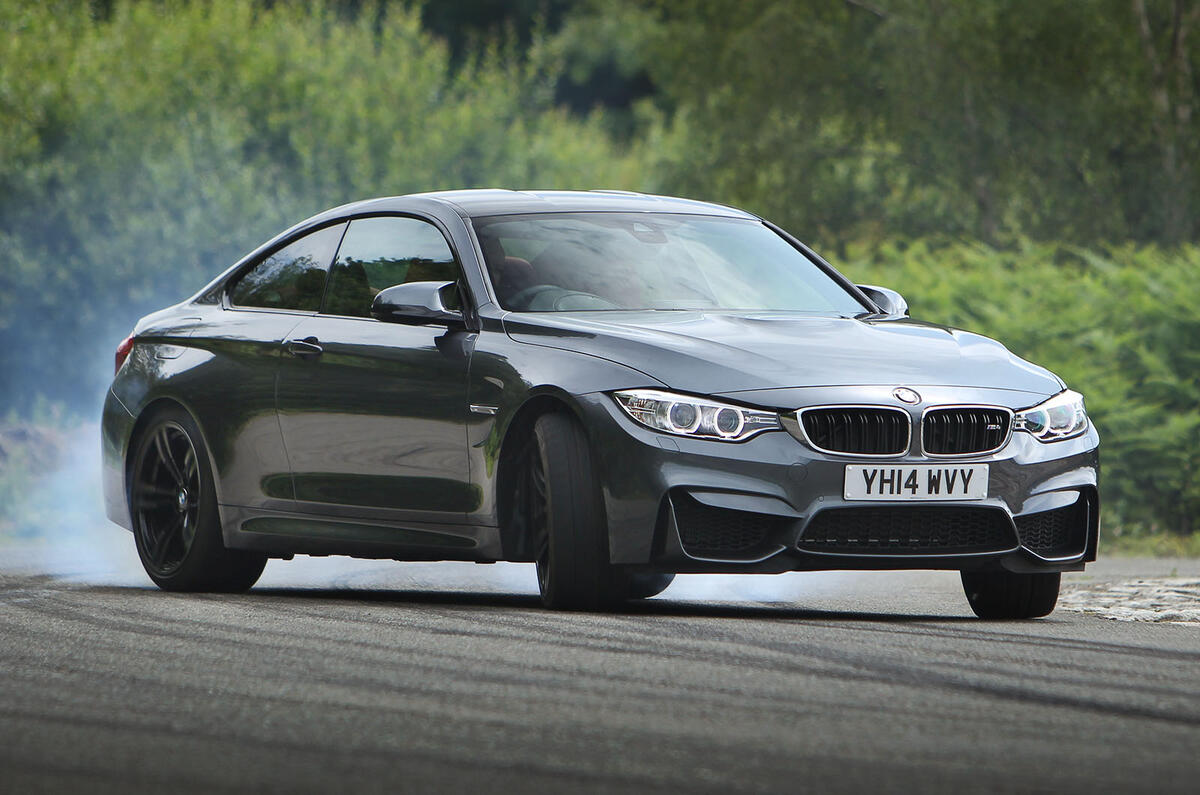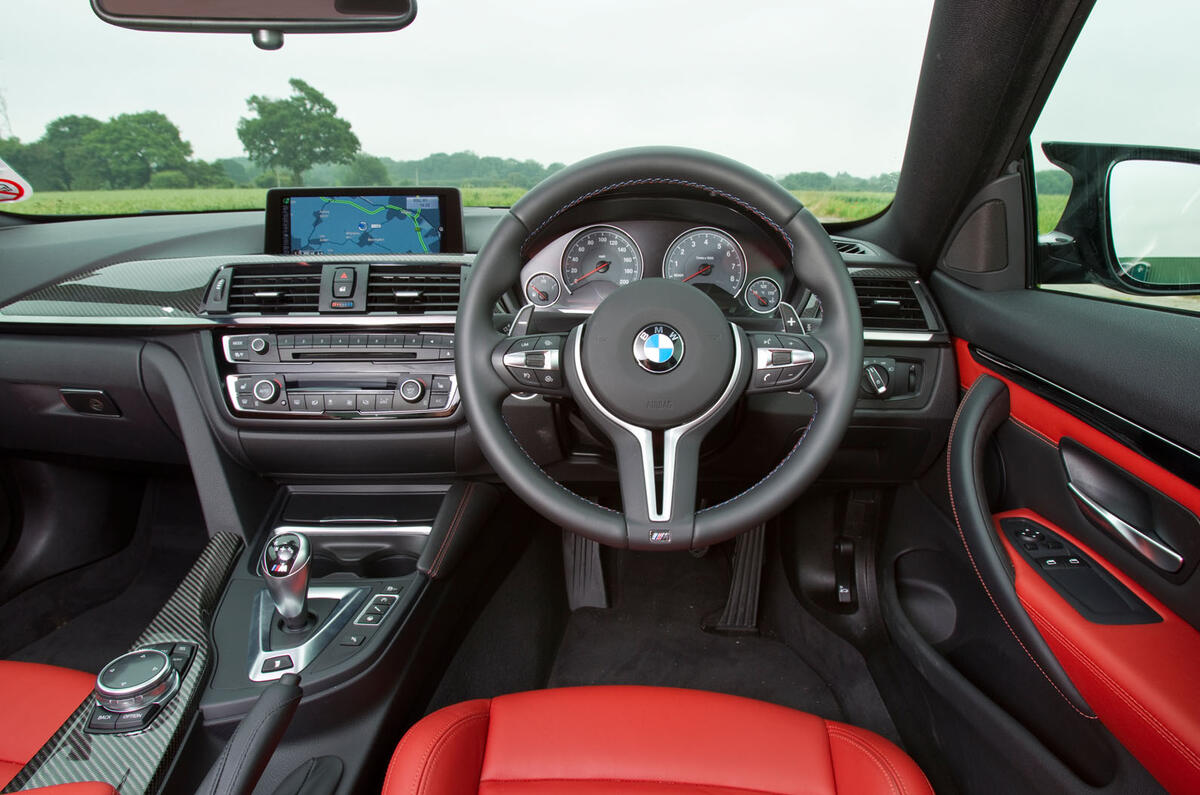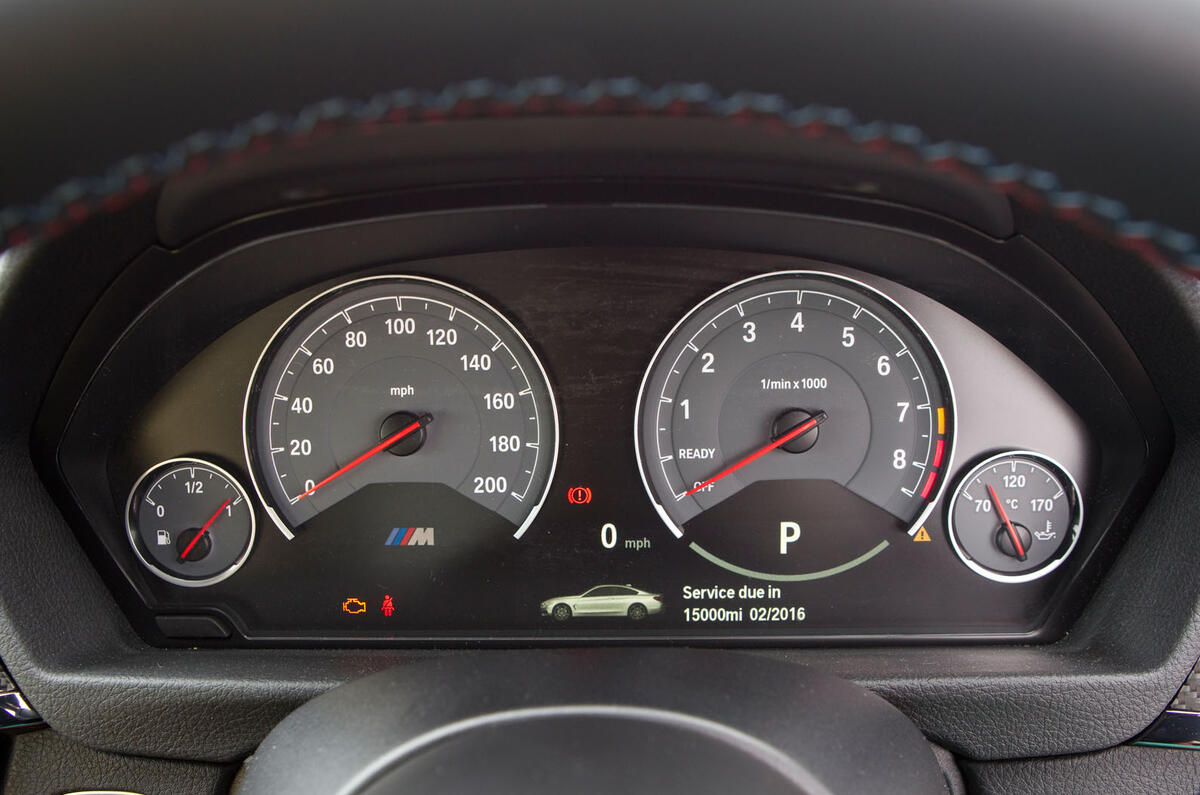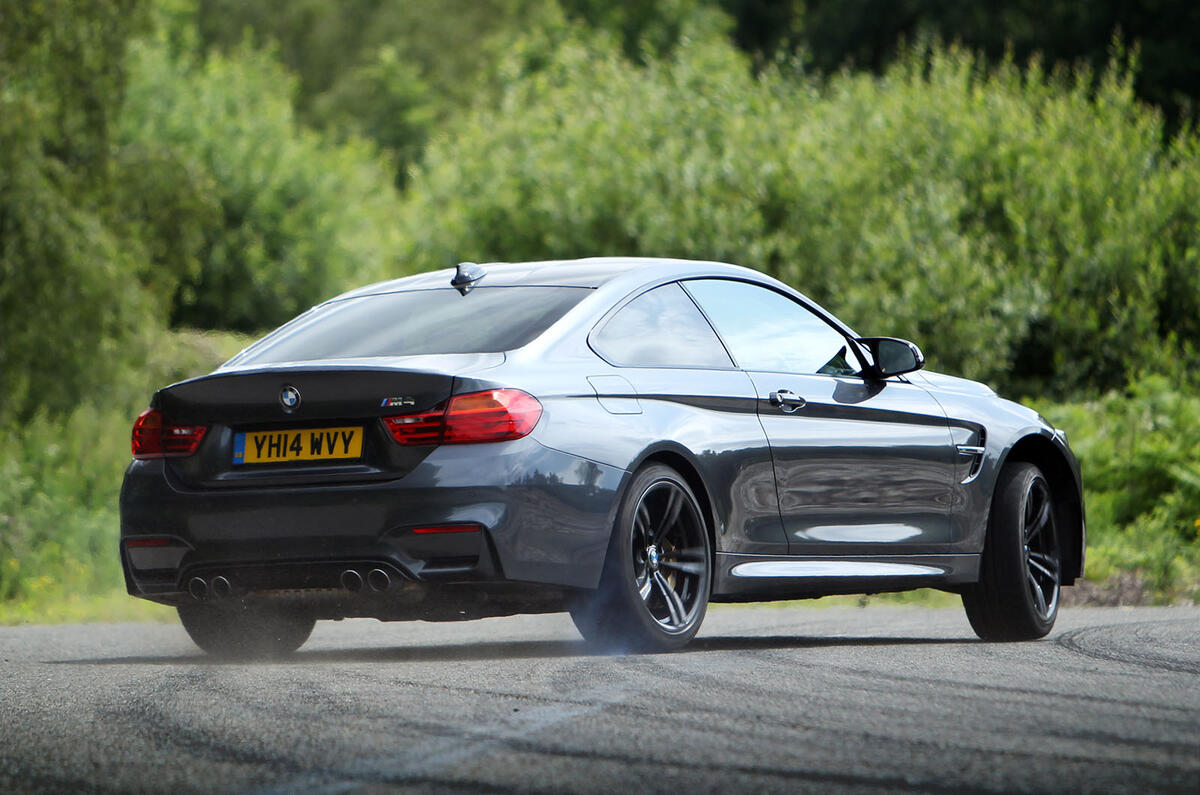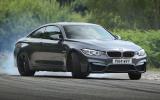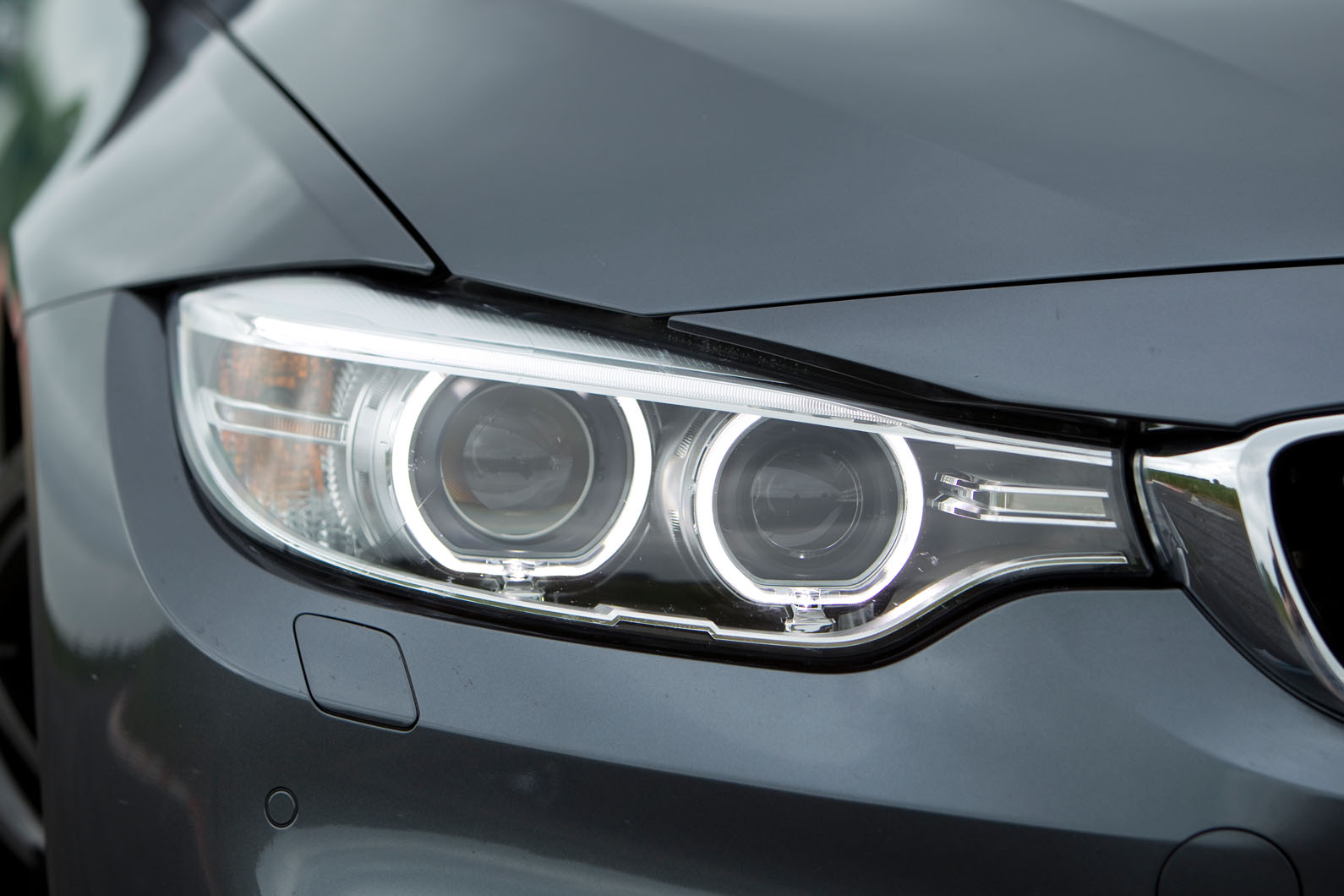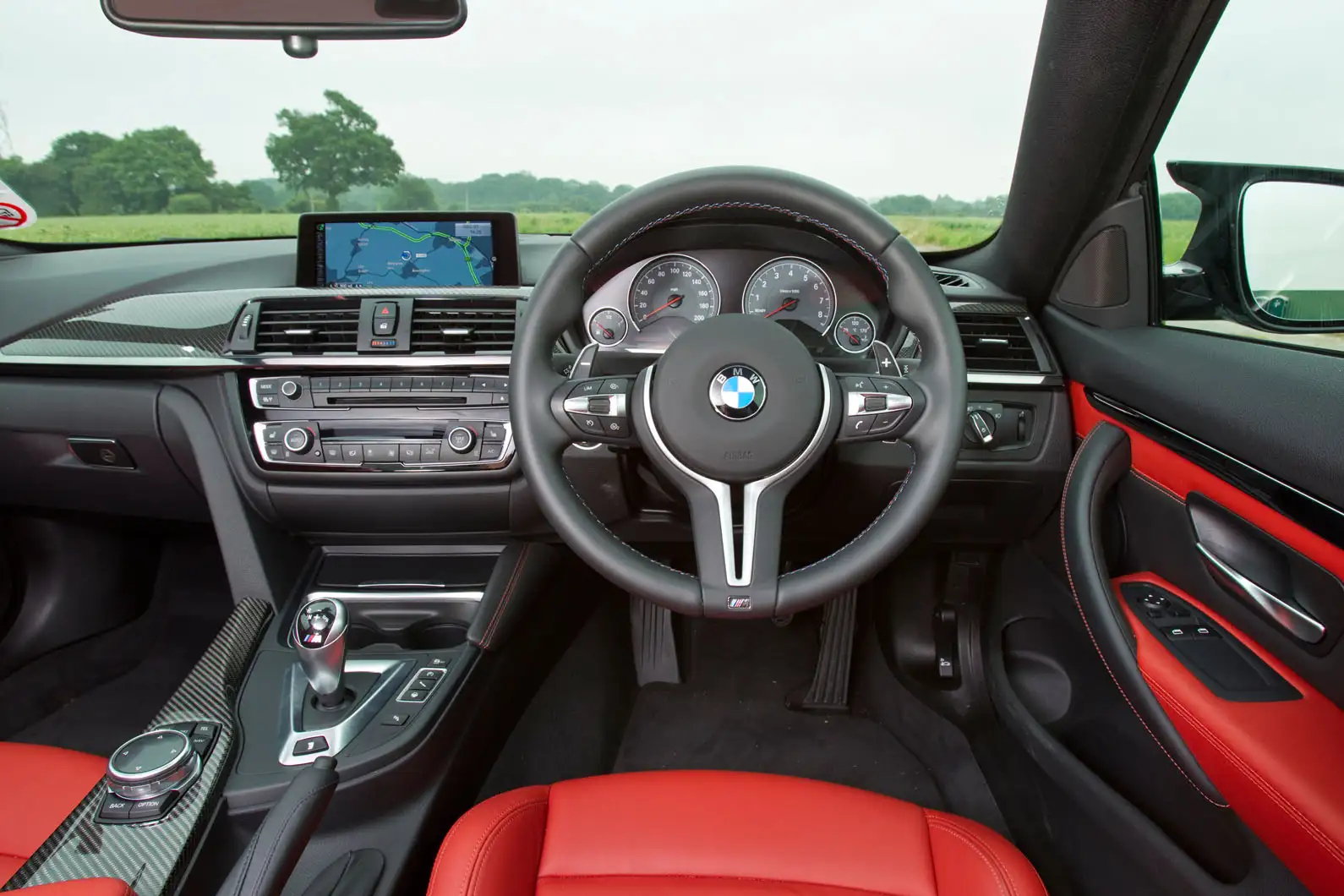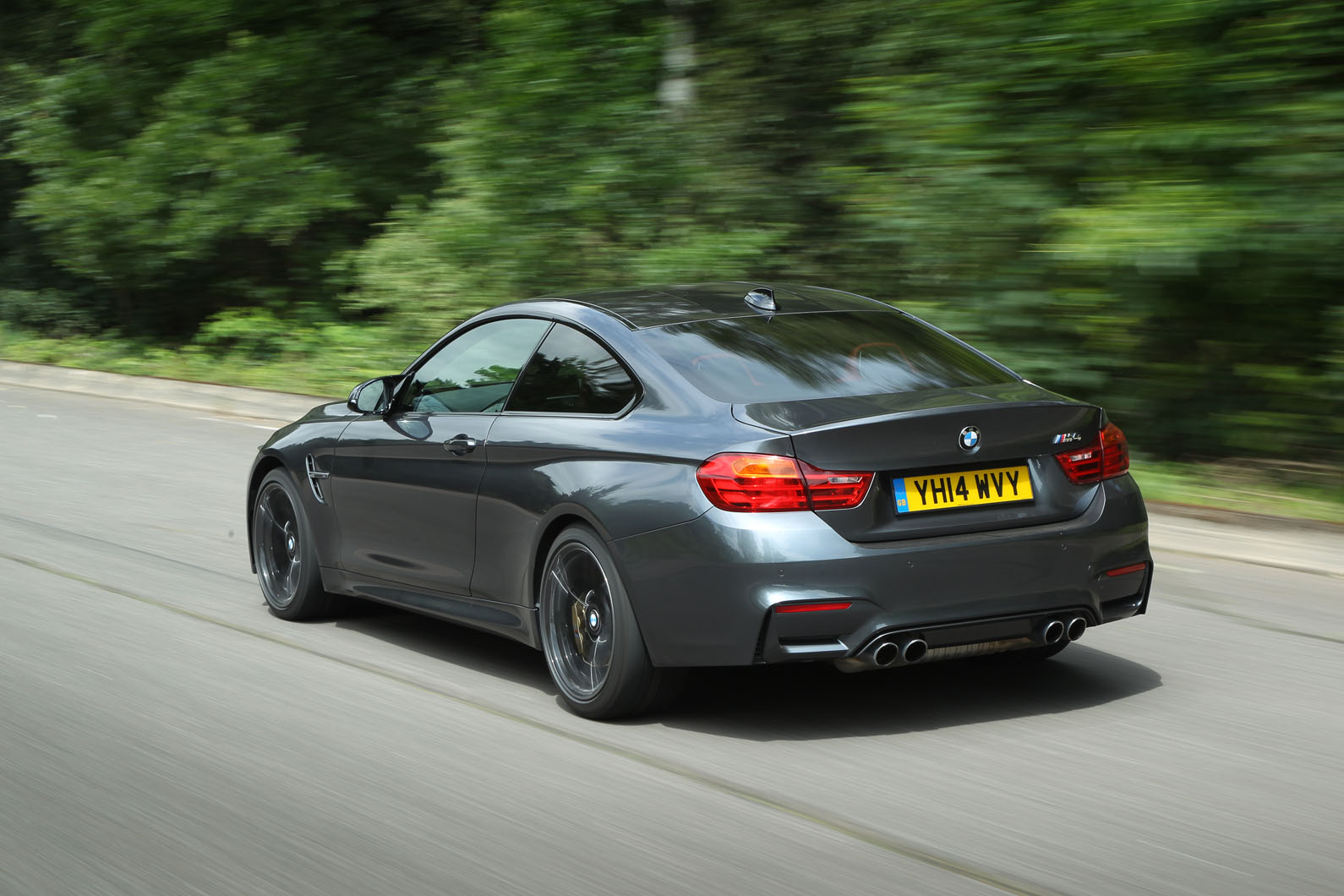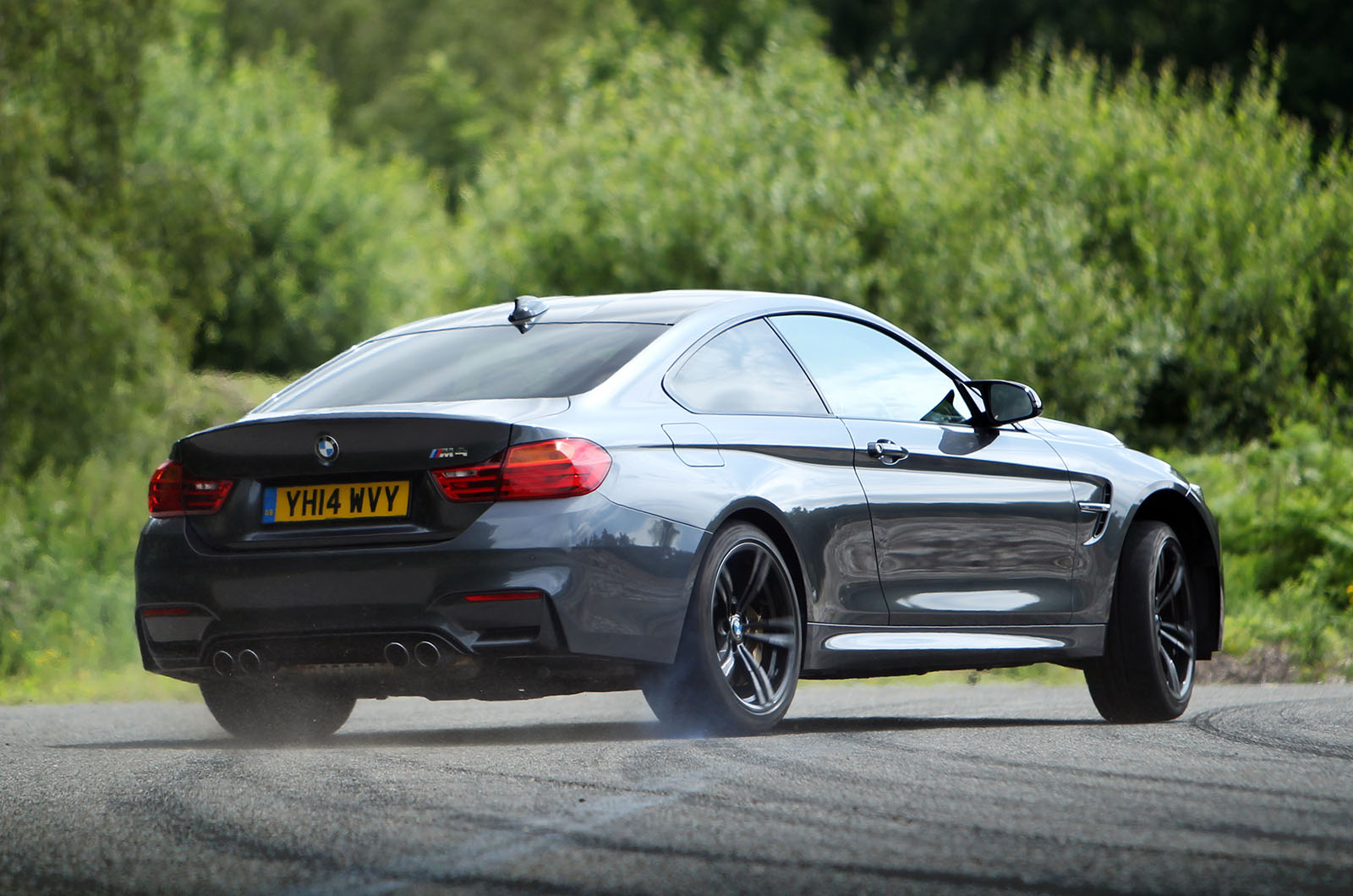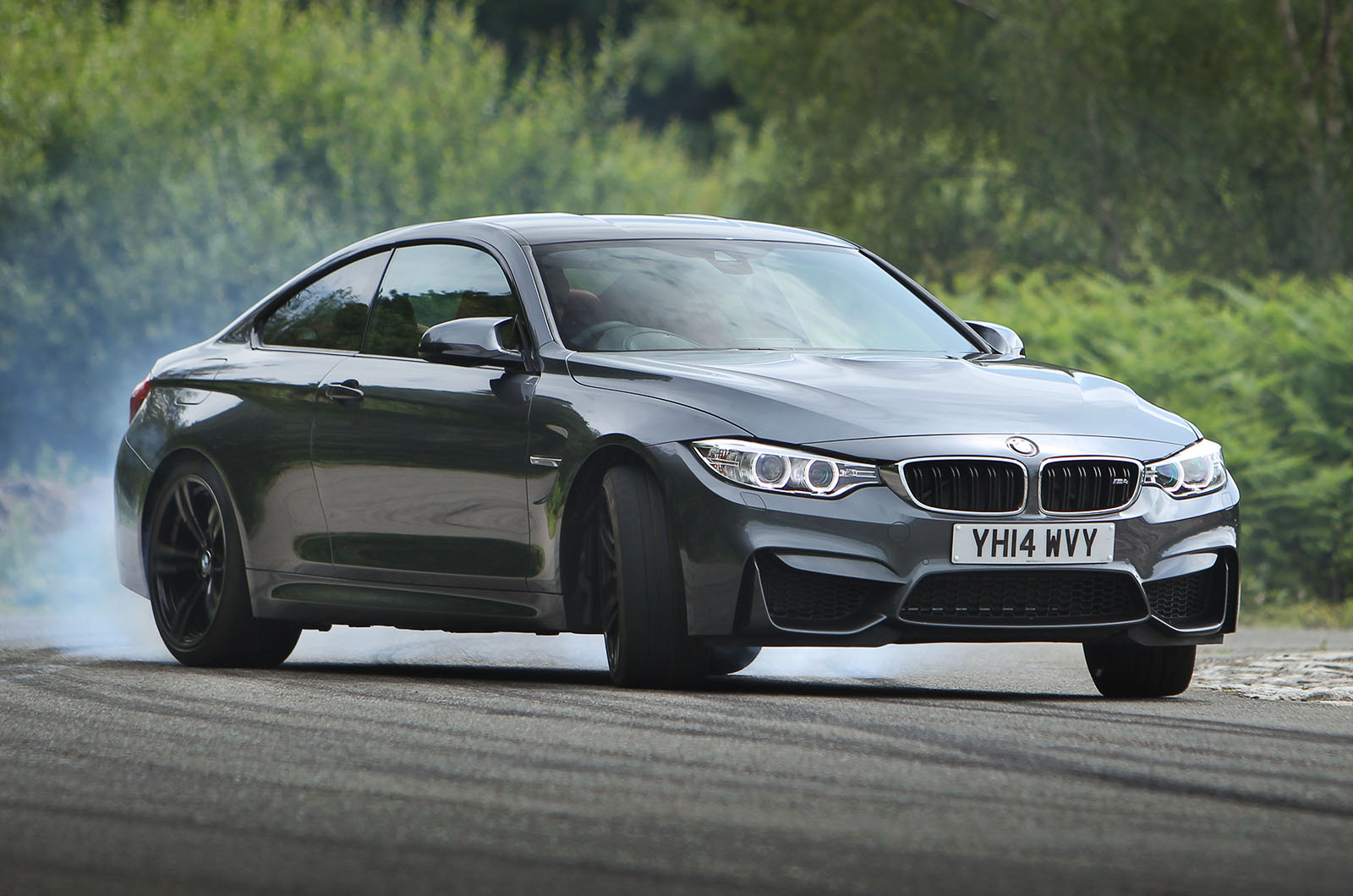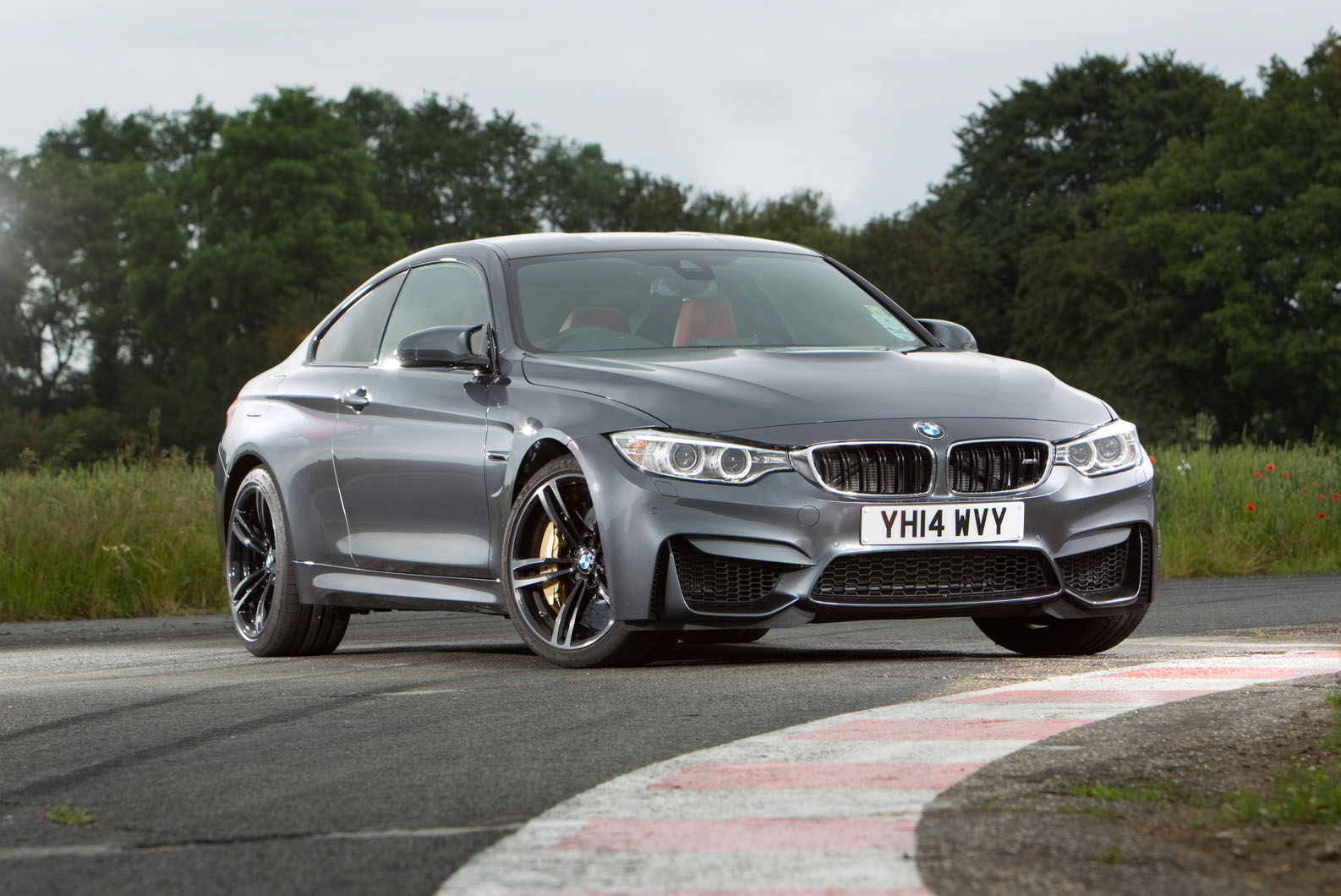The new nomenclature says BMW M4, but for all practical purposes you can put that to one side for the latest BMW model.
This is M division’s variant of BMW’s 3 Series Coupe, hitherto called the BMW M3. The original M3, the E30 of 1985, was a homologation car created to allow BMW to go Group A touring car racing.
Ultimately, however, selling an M3 for the road was more compelling than racing it. Later versions of the M3, such as the six-cylinder E36 (1992-1999) and E46 (2000-2006), were road cars first.
Any racing activity came later and was secondary to development of the production model. The first and, so far, only eight-cylinder BMW M3 arrived in 2007, making way now for the current BMW M3/M4.
There are two things of note this time around. First is the return of a six-cylinder engine – two more pots than in the first M3 but two fewer than in the just-departed version.
Second is the arrival of turbochargers to keep the power output of the downsized engine appropriate for a new performance car. It follows a now-familiar formula: more powerful, faster, lighter, cleaner.
Turbos aren’t renowned for providing the kind of instant engine response we’re used to in M cars, but they do produce torque and improve engine efficiency, thereby lowering CO2 emissions – hence their adoption here. The turn of 2017, saw BMW M division increase the heat on its closest rivals by facelifting the regular M4 and by creating the hardcore, limited edition BMW M4 GTS - while later in the year the halfway house or 'the perfect M4' joins the ranks in the shape of the BMW M4 CS.



